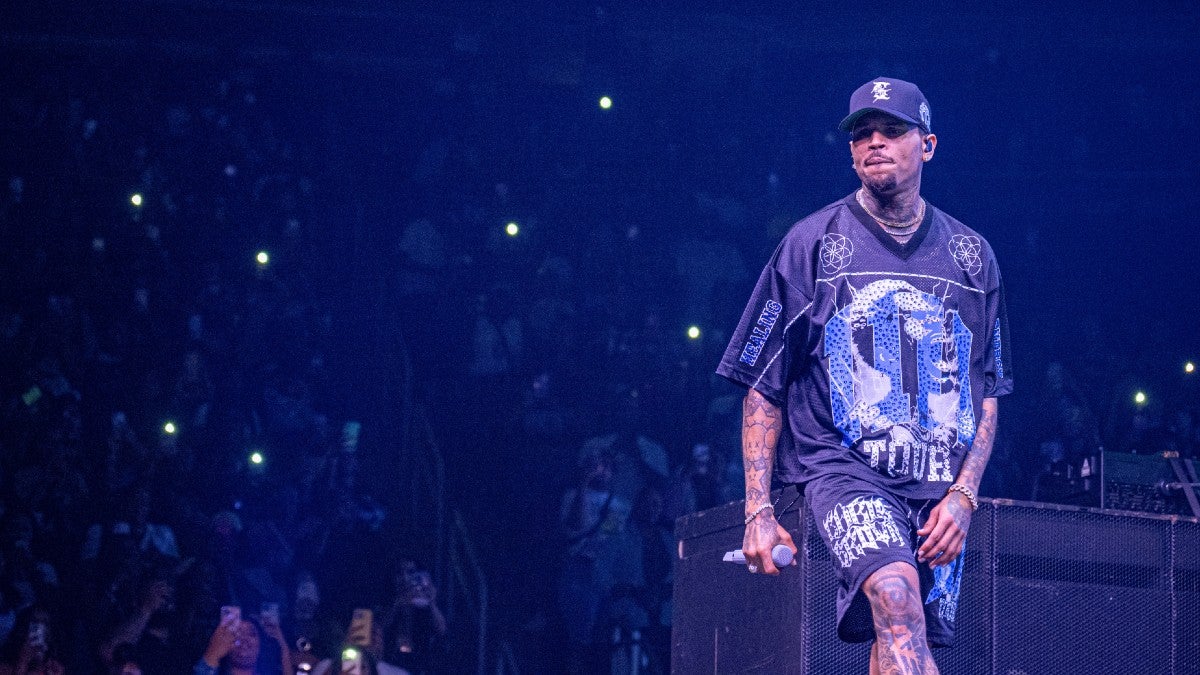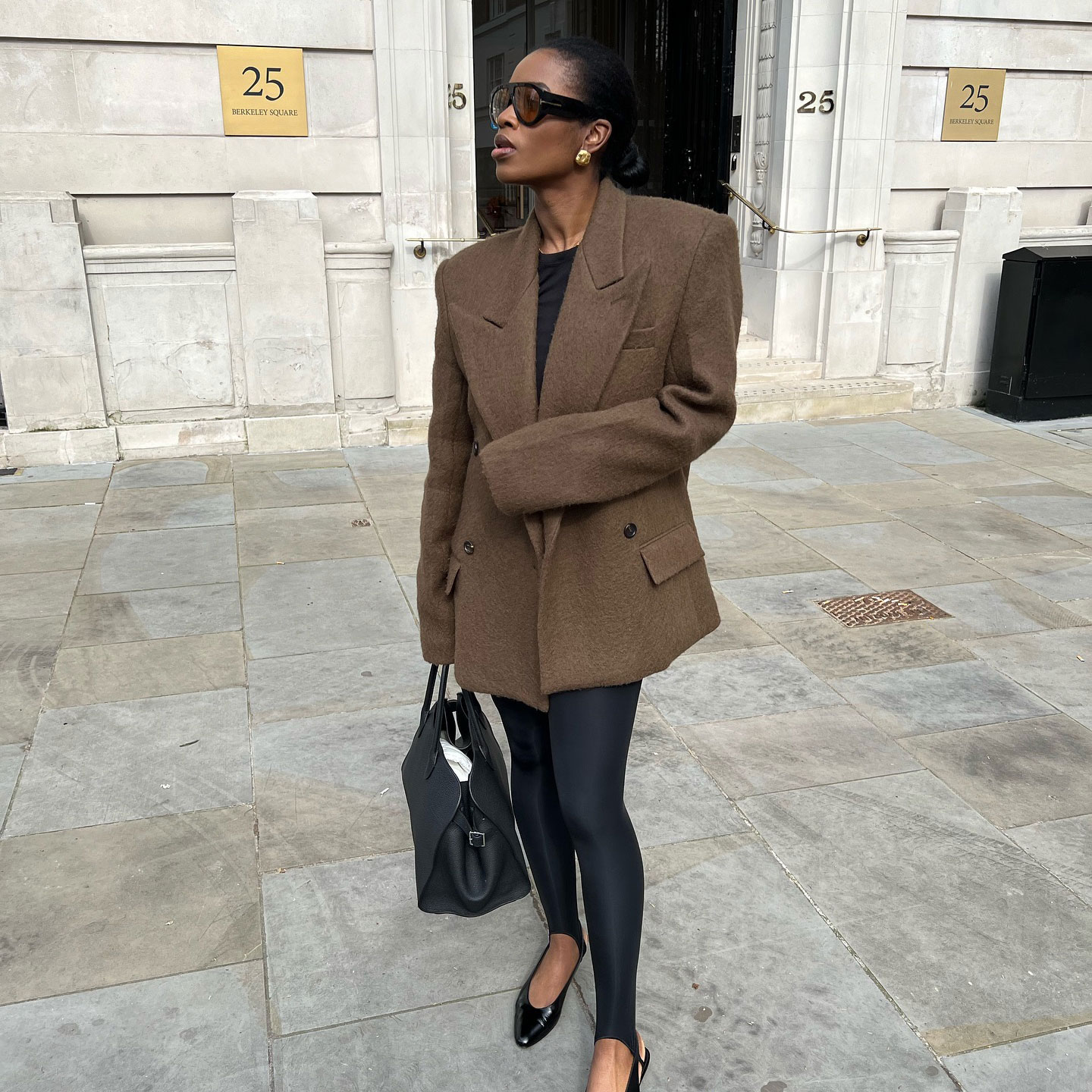The Brutalist review – gorgeous, capital-C Cinema
Adrien Brody is phenomenal in Brady Corbet's sublime three-and-a-half hour drama, as a Jewish architect arrives in post-war America to a hostile new world. The post The Brutalist review – gorgeous, capital-C Cinema appeared first on Little White Lies.

Louis Kahn, one of the great American architects, adored the music of Johann Sebastian Bach. “All Bach cared about was the truth. Indefinable, unmeasurable truth,” he said of the composer. “And so it is with architecture. It’s a search for the truth.” Kahn, who had immigrated to the United States from Kuressaare (now Estonia) with his family as a young boy, lived and worked in Philadelphia, where he would begin a career defined by geometric forms and a reverence for the ancient ruins of Europe.
His work – much of which still stands today, constructed with durable concrete and an unmistakable formality – inspired generations of architects and artists to search for their own truth. The Brutalist, Brady Corbet’s six-years-in-the-making study of a fictional Hungarian-American architect named László Tóth, has an advantage over a building in that it can be both a fabrication and deconstruction at the same time. But, as Kahn encouraged, it’s all true, all the beauty and all the terror that the Tóth family faces in the new world.
The striking architecture of Adrien Brody’s face is what first becomes apparent, amid the darkness and rhythmic chug of a steamship. Two green eyes, wide as dinner plates, and the elegant slope of his nose peak out from the bowels of the vessel – and then another face comes into the frame. The great, oxidised visage of Lady Liberty, beckoning immigrants forth at Ellis Island. The year is 1947 – having survived the occupation of Budapest and internment at Buchenwald, Lázsló gazes upon liberation. His coal-streaked face breaks into a wild, disbelieving grin. He laughs out of some mixture of disbelief and relief. He has escaped fascism; now he is home.
In three-and-a-half hours (including a fifteen-minute intermission built into the film) Corbet deconstructs the myth of America with scalpel precision, working in the same sharp geometric lines as his protagonist. When László arrives in Philadelphia, brought to the Land of Opportunity by his cousin Attila (Alessandro Nivola) to help run his furniture and renovation business, his nose is broken from the perilous journey and he regards his new home with equal parts bewilderment and intrigue. A badly received commission initially leads László into poverty, where he develops a friendship with single father Gordon (Isaach De Bankolé) in a shelter for the unhoused. The two work taxing construction jobs and ease their chronic pain with heroin, until fate brings László a visitor in the form of wealthy businessman Harrison Van Buren (Guy Pearce) who develops a fascination with the architect and his work.

Brutalism as an architectural style is among the most divisive – critics frequently interpret its harshness as ugliness, and since the height of its popularity throughout the 50s – 70s, many buildings have become widely loathed or torn down altogether. But brutalism, which is a starkly functional practice, favours simplicity and honesty. There is nowhere to hide in a building comprised of angles and open spaces. So too is there nowhere to hide in Corbet’s film, where the capitalist rot of the past eighty years permeates like a fog. László, although stubborn, mean, reckless and frequently disagreeable, is also violently abused by a world that holds little stock in true beauty.
Brody, a man of sharp angles and radiant softness, is phenomenally cast here, with a vulnerability in his green eyes and expressive, upturned brows that renders him at once heartbreakingly beautiful and terrible. He is surrounded by more obvious ugliness: the tacky, louche avarice and snobbery of Van Buren (Pearce is on astounding form), scars from the war that exist in his wife’s osteoporosis and niece’s muteness; a phenomenally ambitious, almost insurmountable construction project, dogged by penny-pinching yanks and László’s self-destructive streak.
And yes, the world “epic” is bandied about in film every few months at this point, slapped on whatever festival darling is the flavour of the month, but how else should one describe both Corbet’s narrative scope (the film, divided into three chapters and an overture, takes place over three decades, on two continents) and physical craft? Shot on 70mm VistaVision by Lol Crawley (who also shot Vox Lux and Childhood of a Leader) and scored by Daniel Blumberg (who worked with Corbet on his performance/short film project GYUTO in 2019, and scored co-writer Mona Fastvold’s 2021 drama The World to Come), these recurring collaborations suggest a mutual understanding that has led to the breathtaking end product that is The Brutalist, where each frame is a Hopper-esque portrait of American individualism and isolation.
It is, like those beautiful concrete monstrosities which are revered and reviled in equal measure, a film that towers across the Venice line-up this year, tragic and wry and gorgeous and disturbing – any number of hyperbolic terms might apply to the beast that Corbet has created in The Brutalist. But what really remains, amid the rubble of the auditorium after all the cinema patrons are gone, is the echo of something mournful: this is a eulogy for a world in an eternal death rattle, brilliant and bleak – and as Louis Kahn demanded it – true.
Little White Lies is committed to championing great movies and the talented people who make them.
ANTICIPATION.
We’ve been hearing rumours about The Brutalist for six years. Can it live up to the hype?
4
ENJOYMENT.
A staggering achievement in every conceivable way.
5
IN RETROSPECT.
Gorgeous, capital-C Cinema. Corbet proves himself as one of the finest talents around.
5
Directed by
Brady Corbet
Starring
Adrien Brody,
Guy Pearce,
Felicity Jones
The post The Brutalist review – gorgeous, capital-C Cinema appeared first on Little White Lies.
What's Your Reaction?



















































































